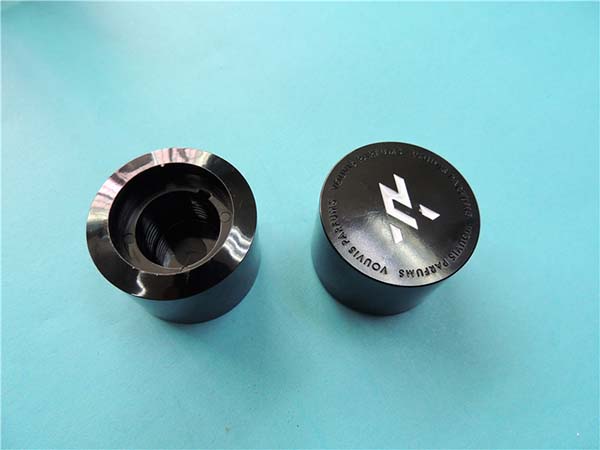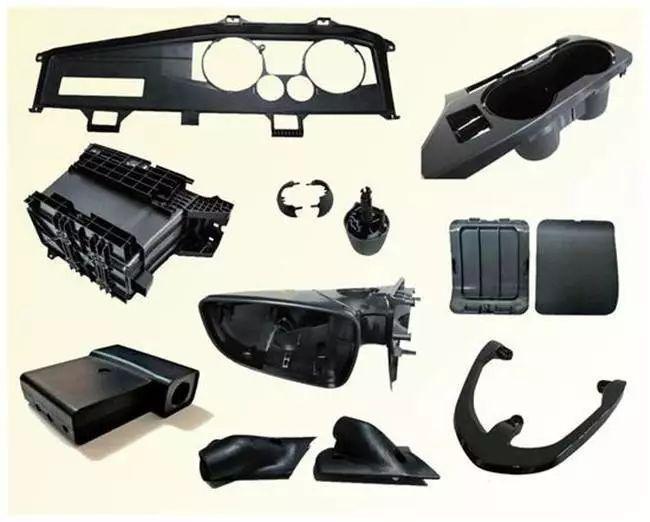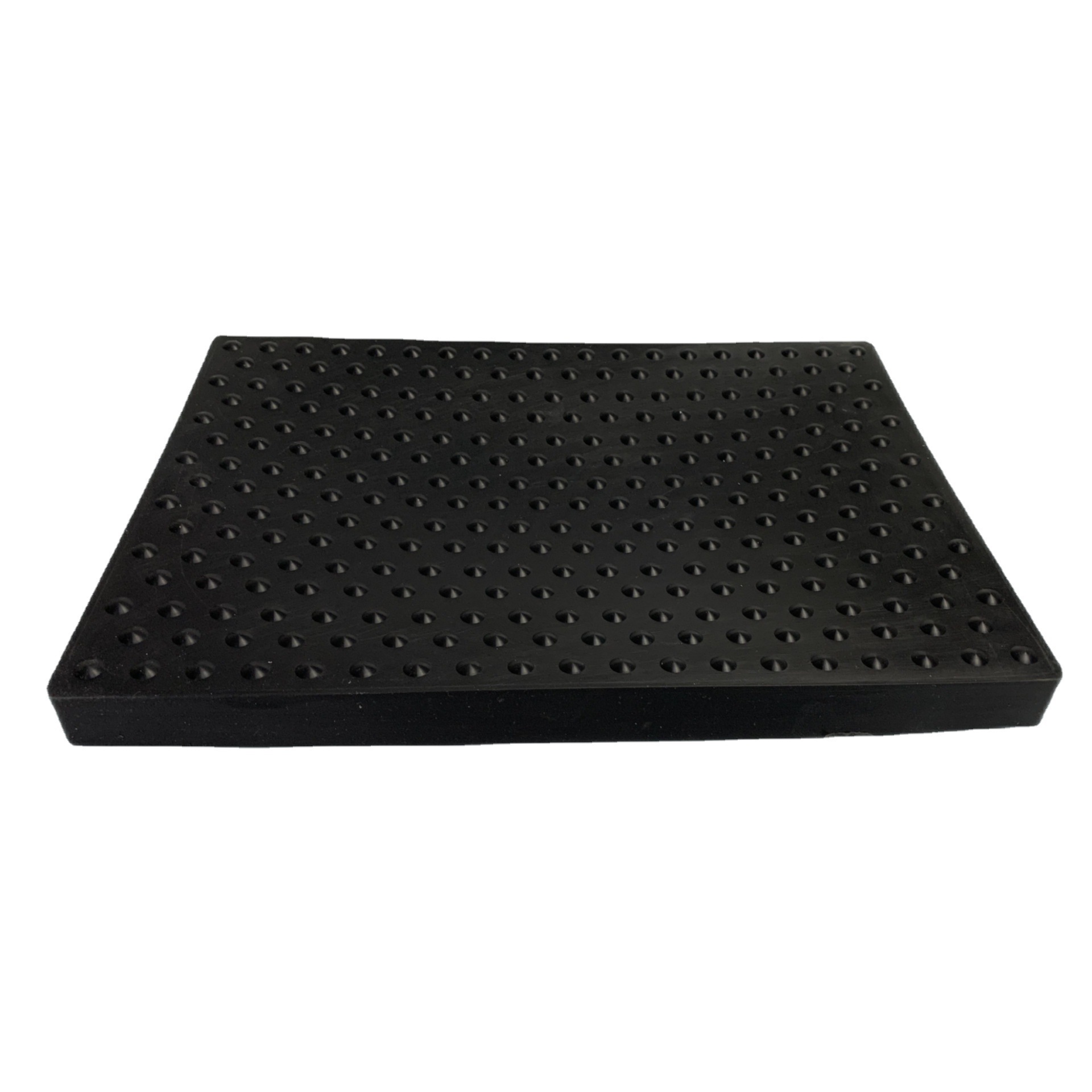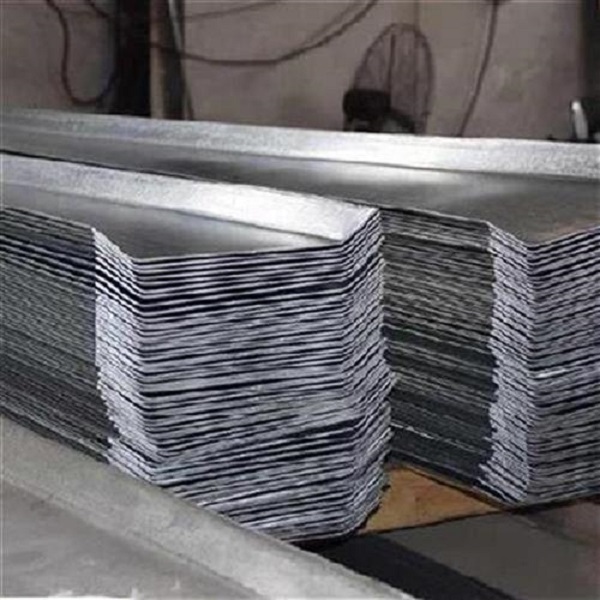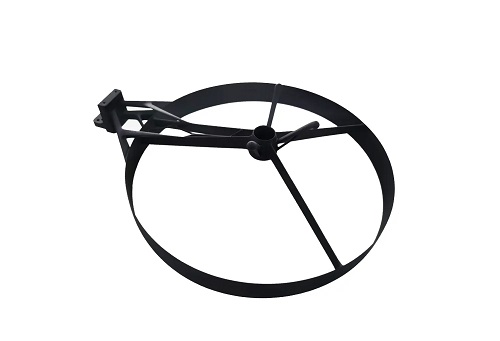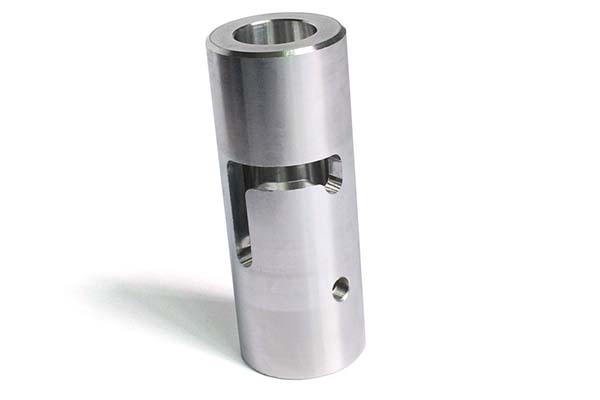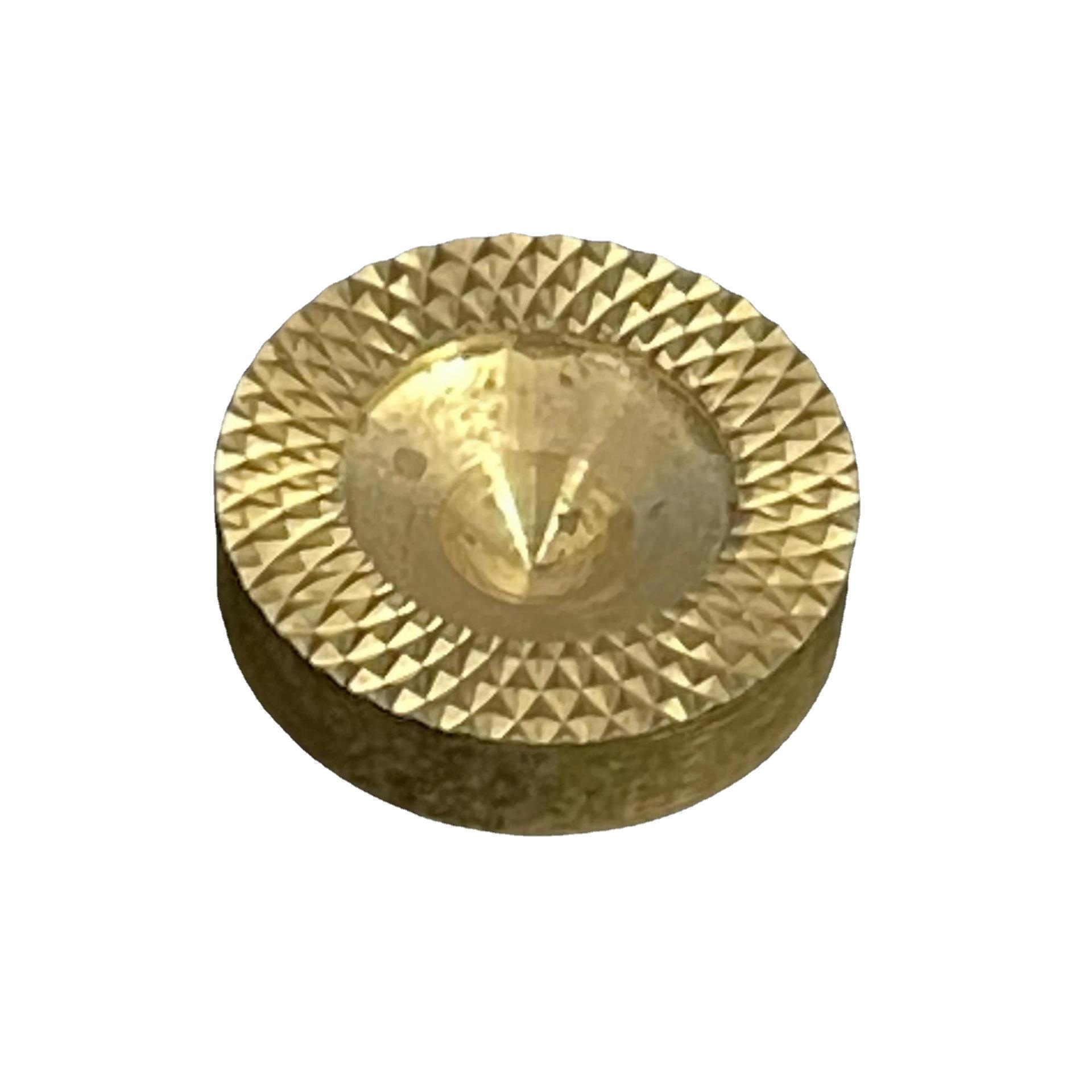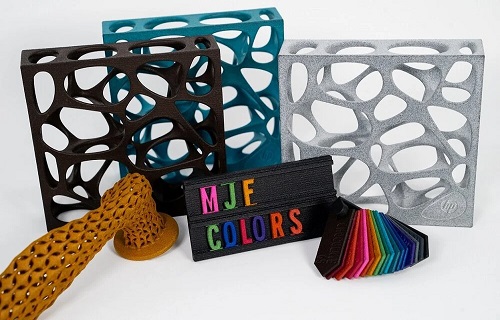What is 3D Printing Production?
3D Printing: A Brief Definition
3D printing, also known as additive manufacturing, is a revolutionary technology that has been transforming the manufacturing landscape in recent years. Unlike traditional subtractive manufacturing methods, which involve removing material from a larger block to create a desired shape, 3D printing builds objects layer by layer from a digital model. This process allows for the creation of highly complex geometries that would be difficult or impossible to achieve with traditional manufacturing techniques.
The basic principle of 3D printing is straightforward. First, a 3D model of the object to be printed is created using computer - aided design (CAD) software or by scanning an existing object. This digital model is then sliced into thin cross - sectional layers by specialized software. The 3D printer reads these sliced layers and deposits materials, such as plastic, metal, ceramic, or even biological materials, in a precise pattern to build the object up layer by layer until the final three - dimensional structure is complete.
The Key Elements of 3D Printing Production
- Digital Model: The digital model is the blueprint of the 3D - printed object. It contains all the geometric information, including the shape, size, and internal structure of the object. High - quality CAD software is essential for creating accurate and detailed digital models. For example, in the aerospace industry, complex engine components are designed using advanced CAD software, taking into account factors like aerodynamics and heat resistance. A small error in the digital model can lead to significant flaws in the final 3D - printed product.
- 3D Printer: There are various types of 3D printers available, each using different technologies to deposit materials. Some of the most common 3D printing technologies include Fused Deposition Modeling (FDM), Stereolithography (SLA), Selective Laser Sintering (SLS), and Multi - Jet Fusion (MJF). FDM printers, which are popular for hobbyists and small - scale production, work by melting a thermoplastic filament and extruding it through a nozzle to build the object layer by layer. SLA printers, on the other hand, use a laser to cure a liquid photopolymer resin, creating highly detailed and smooth - surfaced objects. The choice of 3D printer depends on factors such as the type of material to be printed, the required precision, and the production volume.
- Printing Material: The choice of printing material has a profound impact on the properties and functionality of the 3D - printed object. There is a wide range of materials available for 3D printing, including plastics like ABS (Acrylonitrile Butadiene Styrene) and PLA (Polylactic Acid), metals such as aluminum, titanium, and stainless steel, ceramics, and even food - grade materials for creating edible objects. For instance, in the medical field, biocompatible materials like PLA and certain polymers are used to print customized implants and prosthetics. Metals are often used in the automotive and aerospace industries for their high strength - to - weight ratio. Each material has its own unique characteristics, such as strength, flexibility, heat resistance, and chemical resistance, which must be carefully considered based on the application requirements.
Main Technologies in 3D Printing Production
Fused Deposition Modeling (FDM)
Fused Deposition Modeling (FDM) is one of the most widely - used 3D printing technologies, especially in desktop - level 3D printers. In FDM, a spool of thermoplastic filament, such as PLA (Polylactic Acid) or ABS (Acrylonitrile Butadiene Styrene), is fed into a heated extruder nozzle. The nozzle heats the plastic to its melting point and then extrudes the molten material layer by layer onto a build platform. As the material cools, it solidifies, bonding to the previous layer.
The reasons why FDM is popular in desktop - level 3D printing are manifold. Firstly, it has a relatively low cost. The price of FDM 3D printers can range from a few hundred dollars for entry - level models to several thousand dollars for more advanced ones, making it accessible to hobbyists, students, and small - scale businesses. Secondly, FDM printers are easy to operate. Their working principle is straightforward, and with the help of user - friendly slicing software, even beginners can start 3D printing quickly. For example, many schools use FDM 3D printers in STEM education courses, allowing students to create simple 3D - printed objects like keychains or small figurines with ease. However, FDM also has its limitations. The surface finish of FDM - printed objects is often relatively rough compared to other technologies, and the printing speed can be slow, especially for large and complex models.
Stereolithography (SLA)
Stereolithography (SLA) is a 3D printing technology that uses ultraviolet (UV) light to cure liquid photopolymer resin layer by layer. A vat is filled with the liquid resin, and a build platform is initially positioned just below the surface of the resin. A UV laser or a digital light processing (DLP) projector is used to trace the cross - sectional shape of the object onto the surface of the resin. The resin in the traced areas cures and hardens, forming the first layer of the object. After the first layer is completed, the build platform is lowered slightly, and a new layer of resin is spread over the cured layer. The process repeats until the entire 3D object is formed.
SLA is highly suitable for applications that require high precision and smooth surface finishes. For instance, in the jewelry industry, SLA is often used to create intricate jewelry models. Jewelers can design detailed and complex jewelry pieces using CAD software, and then use SLA 3D printers to produce wax or resin models. These models can be used for investment casting to create high - quality metal jewelry. The high precision of SLA allows for the reproduction of fine details, such as delicate filigree patterns or small gem - setting areas, which are crucial in jewelry making. SLA - printed parts also have a much smoother surface compared to FDM - printed parts, reducing the need for extensive post - processing in many cases.
Selective Laser Sintering (SLS)
Selective Laser Sintering (SLS) is a 3D printing technology that uses a high - power laser to sinter powdered materials, such as plastic, metal, or ceramic, into a solid structure. In an SLS printer, a powder bed is first created. The laser scans the surface of the powder bed according to the cross - sectional data of the 3D model. The heat from the laser fuses the powder particles together in the scanned areas, creating a solid layer. After each layer is completed, a new layer of powder is spread over the previously sintered layer, and the process continues until the entire object is built.
SLS has significant advantages in manufacturing durable and functional components. In the automotive industry, for example, SLS is used to produce parts such as engine components, interior parts, and custom - designed brackets. SLS - printed metal parts can have excellent mechanical properties, with high strength and heat resistance. This makes them suitable for use in high - stress environments, like engine compartments. The ability to use a variety of materials in SLS also allows manufacturers to choose the most appropriate material for a specific application. For example, nylon powder can be used to create lightweight yet strong plastic parts, while metal powders like aluminum or titanium can be sintered to produce high - performance metal components. Additionally, SLS does not require support structures for overhanging parts, as the unsintered powder provides natural support during the printing process, which simplifies the printing process and reduces post - processing time.
Yigu Technology's View
As a non - standard plastic metal products custom supplier, Yigu Technology sees 3D printing as a game - changer for custom production. The technology allows for the creation of highly customized products that meet specific client needs, which is a significant advantage in the custom manufacturing field.
3D printing enables the production of complex geometries without the need for expensive molds or tooling, reducing lead times and costs for small - batch and one - off productions. For example, when manufacturing complex plastic parts, 3D printing can directly translate the design into a physical product, eliminating the multi - step processes required by traditional manufacturing methods.
However, Yigu Technology also acknowledges the challenges of 3D printing, such as limited material options compared to traditional manufacturing and relatively slow printing speeds for large - scale production. But overall, in the context of custom non - standard plastic and metal products, 3D printing offers unique value. We believe that in the future, 3D printing will not replace traditional manufacturing but will coexist and integrate with it, providing more flexible and efficient solutions for customers.
FAQ
What types of materials can be used in 3D printing production?
A wide variety of materials can be used in 3D printing production. Polymer materials like ABS (Acrylonitrile Butadiene Styrene) and PLA (Polylactic Acid) are very common. ABS is known for its strength and durability, making it suitable for applications such as automotive parts prototyping and consumer product casings. PLA, on the other hand, is biodegradable and has a relatively low melting point, which is great for hobbyist projects, educational use, and the production of simple consumer goods. Metal materials including aluminum alloys, titanium alloys, and stainless - steel are used in industries with high - strength requirements, such as aerospace and automotive manufacturing. For example, titanium alloys are used to print aircraft engine components due to their high strength - to - weight ratio and excellent heat resistance. Photocurable resin materials are mainly used in SLA (Stereolithography) 3D printing. They can produce highly detailed and smooth - surfaced parts, and are often used in jewelry making, dental model production, and the creation of intricate art pieces.
How accurate is 3D printing production?
The accuracy of 3D printing production depends on several factors, such as the printing technology, the printer itself, and the material used. For Fused Deposition Modeling (FDM) technology, which is common in desktop 3D printers, the accuracy typically ranges from ±0.1mm to ±0.5mm. The relatively low accuracy is due to factors like the layer - by - layer deposition process and the thermal expansion and contraction of the plastic filament. Stereolithography (SLA) can achieve a much higher accuracy, often reaching ±0.05mm or even better in some high - end SLA printers. This is because SLA uses a laser to precisely cure liquid resin, allowing for the creation of very fine details. Selective Laser Sintering (SLS) usually has an accuracy of around ±0.1mm. Although SLS can produce strong and functional parts, the nature of the powder - based sintering process may result in a slightly rougher surface finish compared to SLA, which can also affect the overall accuracy to some extent.
Can 3D printing production replace traditional manufacturing methods?
3D printing production cannot completely replace traditional manufacturing methods; instead, they complement each other. 3D printing has its unique advantages, such as the ability to create highly complex geometries without the need for expensive molds or tooling, which is ideal for rapid prototyping, small - batch production, and customized manufacturing. For example, in the medical field, 3D - printed customized prosthetics can be made to fit each patient's unique anatomy. However, traditional manufacturing methods like injection molding, machining, and casting are still more suitable for large - scale production. Injection molding, for instance, can produce a large number of identical parts quickly and at a low cost per unit, which is difficult for 3D printing to achieve in terms of production speed and cost - effectiveness for high - volume production. In general, for small - scale, highly customized, or complex - shaped parts, 3D printing is a great choice, while traditional manufacturing is better for mass - production of simple and standardized parts.
